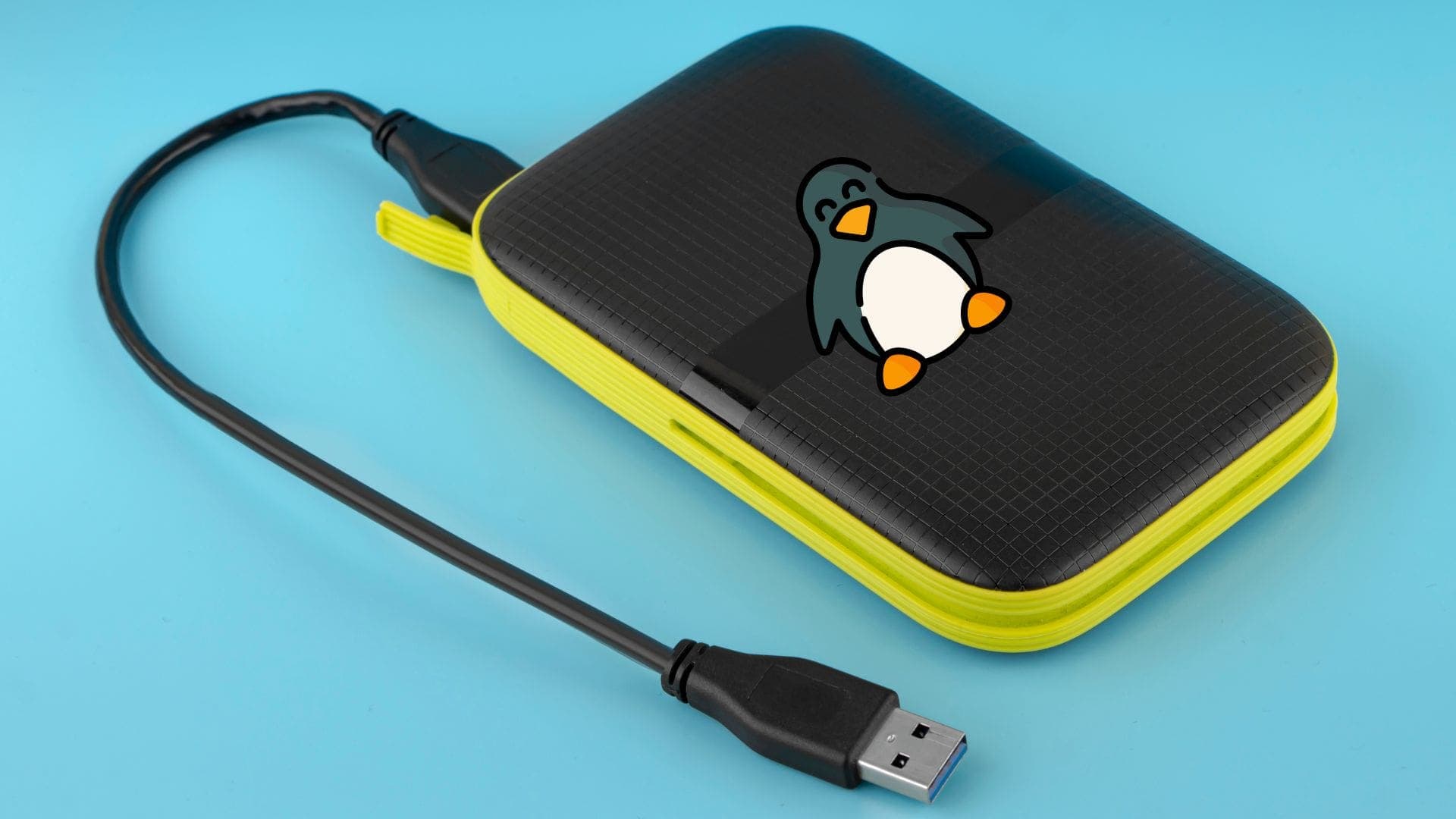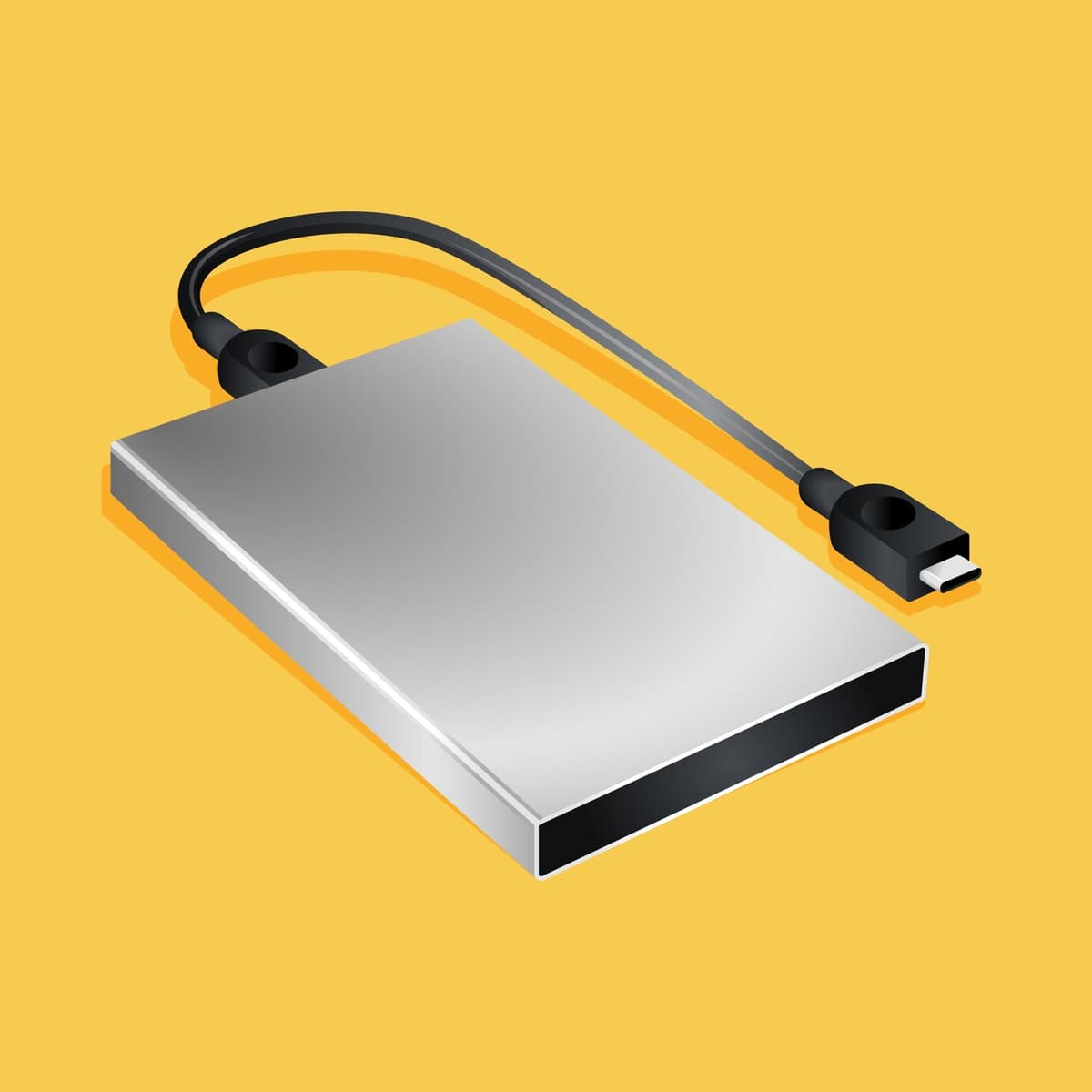
With the advancement of technology, having a bootable USB drive has become an essential tool for anyone wanting to explore different operating systems, troubleshoot computer problems, or perform system recovery. For those interested in venturing into the world of Linux, creating a bootable Linux USB flash drive is the best way forward.
A bootable USB drive allows you to install Linux on your computer, test an operating system without affecting your current setup, or even carry an entire operating system in your pocket. In this tutorial, I’ll guide you through the process of creating a bootable Linux USB flash drive using a popular tool called Rufus.

Before we get started, let’s understand why having a bootable Linux USB flash drive is useful. There are many reasons you might want one. Perhaps you want to try Linux without installing it on your system or to have a reliable recovery tool if your system becomes unresponsive. A bootable USB drive can also serve as a rescue disk in emergencies, such as data recovery or fixing a corrupted operating system. And if you’re a developer or an IT professional, having a portable Linux environment can be a game-changer when testing or developing software across different platforms. Whatever your reason, creating a bootable Linux USB is a straightforward process that will save you time and prevent headaches down the line.
To create a bootable Linux USB, there are a few things you need to prepare. First, you’ll need a USB flash drive with at least 4 GB of storage space. Remember, this process will erase all data on your USB drive, so make sure to back up any important files before starting. You will also need to download an ISO for your preferred Linux distribution. An ISO is a disk image containing all the files needed to install an operating system. Popular choices include Ubuntu, Linux Mint, Fedora, and Debian, but there are many others. You can download these ISOs from their respective official websites.
The final tool you’ll need is Rufus. Rufus is a free, easy-to-use tool designed specifically for making USB drives bootable. It’s lightweight and doesn’t need to be installed—just what you want for this task. You can download Rufus from rufus.ie. Once you have everything ready, you’re set to begin.
Now, it’s time to choose your Linux distribution. If you’re new to Linux, Ubuntu or Linux Mint would be great choices. Both have large communities for support and are ideal for beginners. Once you decide on a distribution, visit its official website and find the download section. Look for the ISO that corresponds to the latest stable release of the distribution. Typically, you’ll want the version that matches your computer’s architecture—either 32-bit or 64-bit. Most modern computers are 64-bit, but if you’re using an older machine, you might need the 32-bit version.
Downloading an ISO file can take several minutes or more, depending on your internet speed. Keep in mind that Linux ISOs usually range from 1GB to 4GB in size, so make sure you have enough hard drive space. Save the ISO file to a location where you can easily find it later, such as your desktop or downloads folder.
Now that you have your Linux ISO, it’s time to fire up Rufus. Double-click the executable you downloaded from the Rufus website to run it. One of the great things about Rufus is that it doesn’t require installation, so it’s ready to use instantly. Upon opening Rufus, you’ll see a minimalistic interface showing a list of attached USB drives on your system. Make sure your USB flash drive is inserted—Rufus should detect it automatically. If you have multiple USB drives connected, select the correct drive from the dropdown menu under “Device.”
With Rufus open, you’re ready to set up your bootable Linux USB drive. The first step is to select the Linux ISO file. Under the “Boot selection” section in Rufus, click the “Select” button. This will open a file browser window where you can navigate to the location of your saved Linux ISO file. Select the ISO file and click “Open.”
Once you select an ISO file, Rufus will automatically adjust the remaining options, but it’s a good idea to double-check these settings. For the Partition Scheme, choose MBR (Master Boot Record) if you plan to use the USB drive with older BIOS-based systems. If you’re using a newer computer with UEFI firmware, select GPT (GUID Partition Table). If you’re unsure, MBR is generally the safer choice as it offers broader compatibility. Next, ensure the File System is set to FAT32, which is the most compatible format for both Windows and Linux systems.
Now that everything is configured, you’re ready to create your bootable Linux USB drive. Click the “Start” button in Rufus. A warning will pop up, informing you that all data on the selected USB drive will be destroyed. Make sure you have backed up any important data, then click “OK” to proceed. Rufus will begin writing the Linux ISO file to your USB drive. This process usually takes a few minutes, but the time can vary depending on the speed of your USB drive and computer.
While Rufus is working, you can monitor its progress in the status bar at the bottom of the window. When the process is complete, you’ll see a green checkmark with a message that says, “Your USB is ready.” You can now safely remove the USB drive from your computer.
With your bootable Linux USB ready, it’s time to test it out. Insert the USB drive into the computer where you want to install or test Linux. You’ll need to boot from the USB drive, which might require changing the boot order in your computer’s BIOS or UEFI settings. To do this, restart your computer and, as it begins to boot up, press the key that opens the boot menu—this key varies by manufacturer but is often F2, F10, F12, or DEL. From the boot menu, select your USB drive as the boot device and hit Enter.
If everything is set up correctly, your computer should boot into the selected Linux distribution. Depending on the distribution, you may see several options, such as “Try Linux” (to run it without installing) or “Install Linux.” If you just want to explore, choose the “Try” option to launch a live session. This allows you to use Linux from the USB drive without making any changes to your current operating system.
To ensure a seamless experience, here are some additional tips:
There you have it—a simple way to create a bootable Linux USB flash drive using Rufus. Whether you’re trying Linux for the first time, need a portable OS for various tasks, or want a robust tool for system recovery, a bootable USB drive can solve your problems. The process is straightforward: download the ISO, use Rufus to create the bootable drive, and boot from it on any compatible computer. With your new bootable Linux USB in hand, you’re ready to explore the flexibility and power of open-source Linux. Enjoy your adventures in Linux!